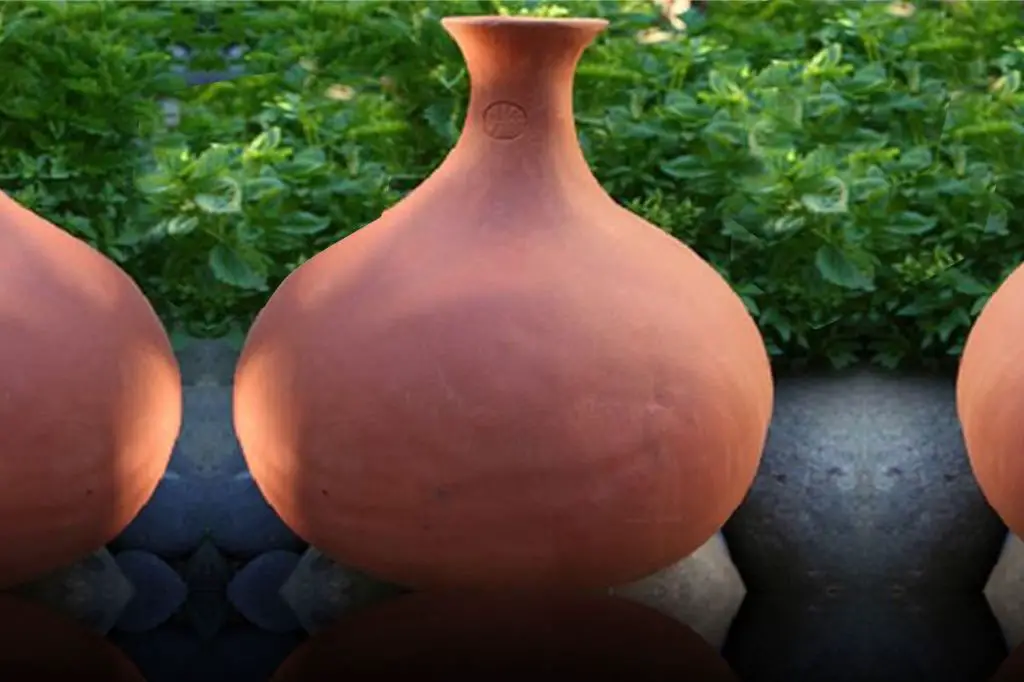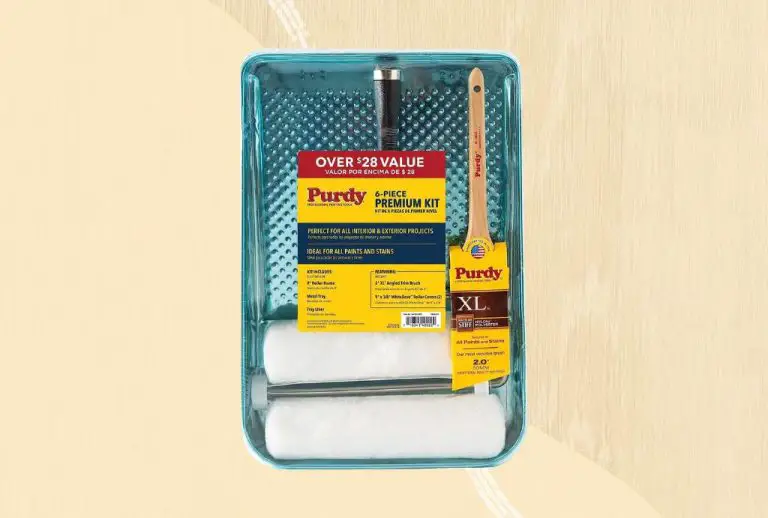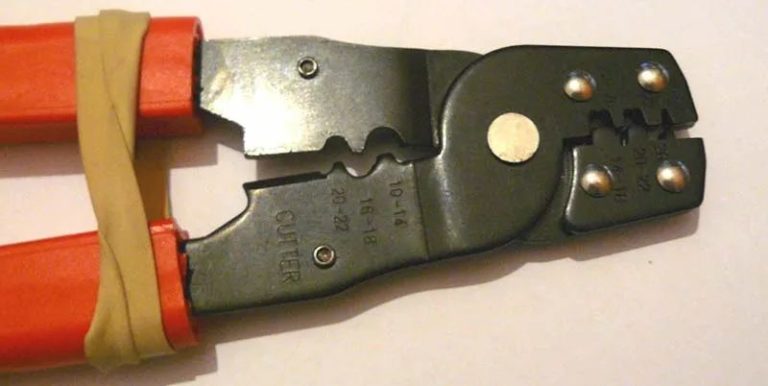Can Clay Pots Be Used As Ollas?
What are Ollas?
Ollas are unglazed, porous clay pots that are buried in the soil with the neck exposed to act as an irrigation tool (https://www.thriveandgrowgardens.com/olla-irrigation). The Spanish word “olla” refers to a traditional ceramic cooking pot, but in gardening, ollas are used for a different purpose.
Ollas work by leveraging the porosity of terra cotta to slowly release water into the surrounding soil. The clay is permeable, allowing water inside the olla to seep through the porous walls and wet the soil outside. As the soil dries out, it draws more water from the olla through capillary action. In this way, an olla can provide passive, self-regulated irrigation for extended periods without needing to be refilled frequently (https://en.wikipedia.org/wiki/Olla).
The water seeps into the soil immediately surrounding the olla, creating a moist microclimate for the plant’s roots. Ollas are an ancient and efficient irrigation technique that delivers water directly to a plant’s root zone. They provide moisture on demand as the plant needs it.
Benefits of Using Ollas
Ollas provide several key benefits that make them an attractive irrigation method for many gardeners and small-scale farmers.
The most significant benefit is water conservation. Ollas release water slowly through the terra cotta walls, targeting the plant roots directly without any water being lost to evaporation, runoff or overwatering the surrounding soil. Studies have shown water savings of up to 70% compared to traditional irrigation methods (source).
Targeted irrigation ensures water goes only where it is needed, at the plant root zone. This helps reduce weed growth and wasted water in pathways or unused areas of the garden bed (source).
Ollas also provide significant labor savings as they continuously release water for 1-7 days before refilling is needed. After burying and setting up the ollas, garden maintenance is much easier compared to daily hand watering or checking drip irrigation lines.
Materials for Making Ollas
Ollas can be made from various materials, each with their own properties. Some of the most common materials used for ollas include:
Clay
Clay is a classic and traditional material used for making ollas. Clay is an excellent choice as it is porous, allowing water to slowly seep through the walls of the olla. Unglazed terra cotta clay pots work particularly well. Clay is an affordable and widely available option for DIY ollas.
Terra Cotta
Terra cotta is a type of earthenware clay that is often used for pots and containers. Unglazed terra cotta is highly porous, so it can effectively diffuse small amounts of water over time, making it ideal for ollas. Terra cotta pots are readily available at most garden centers and hardware stores.
Concrete
Concrete is a versatile material that can also be used to construct ollas. Hydraulic concrete that contains porous aggregates can successfully weep water. Concrete ollas are extremely durable, though heavier and more prone to cracking than clay. Concrete casting can create custom olla shapes.
Plastic
Plastic containers such as buckets or jugs can function as ollas if sufficiently porous. Drilling small holes in the sides of plastic vessels can allow for slow, consistent water release. However, plastic is less breathable than clay and may not diffuse water as effectively.
Using Clay Pots as Ollas

Clay pots are frequently used as DIY ollas due to their porosity, which allows water to seep out slowly into the surrounding soil. The porous nature of terra cotta and unglazed clay allows water to permeate through the pot and prevents overwatering (1). The rate of flow depends on the clay properties, wall thickness, and environment, making clay an ideal material for controlling water dispersion.
However, clay pot ollas can become brittle and crack over time, especially in freezing weather. They must be brought indoors during winter in cold climates. The porosity also means minerals can build up and clog pores over time. Using filtered or distilled water can help minimize mineral deposits. Plastic and ceramic ollas are more durable options, though without the natural porosity of clay. Overall, clay pots work well as ollas given proper care, drainage material, and climate considerations.
(1) https://lovelygreens.com/how-to-make-diy-ollas-low-tech-self-watering-systems-for-plants/
Tips for Using Clay Ollas
There are some important tips to follow when using clay pots as ollas to ensure they work properly:
Before using a clay pot as an olla, it’s important to cure the clay to prevent cracking or leaking. Let a newly made clay pot dry in the sun for 1-2 weeks before using it as an olla. You can also seal the clay pot before use by brushing the outside with a food-safe sealant like beeswax or linseed oil and letting it fully dry (Source).
When burying the olla in soil, leave only the opening exposed. Bury the olla deep enough that just the neck protrudes about 1-2 inches above the soil level. This helps prevent excess evaporation while allowing you to refill the olla easily (Source).
Check clay ollas regularly and refill as needed, about 1-2 times a week in hot weather. Make sure to empty and clean out any sediment buildup in the olla periodically for optimal performance.
Ideal Plants for Clay Ollas
Clay ollas are ideal for watering small gardens and drought resistant plants that don’t require large amounts of water. Some great options include:
Succulents – With their ability to store water in their leaves, succulents like sedum, echeveria, and aloe vera do well with the slow release watering provided by clay ollas. They thrive in the hot, dry conditions where ollas excel at conserving moisture.
Herbs – Many culinary and medicinal herbs are drought tolerant like thyme, oregano, sage, and rosemary. Their shallow roots can thrive with an olla buried nearby.1
Vegetables – Tomatoes, peppers, eggplant, okra, and beans can all grow happily watered by a clay olla. Just one olla for every plant or two is sufficient for vegetables.1
For small spaces like apartment gardens or windowsills, a few clay ollas are the perfect way to water plants without taking up much room. The water conserving abilities of ollas let you grow plants that thrive in dry conditions with minimal effort.
Pros of Clay Ollas
Clay ollas have several advantages as an irrigation method:
Natural Material
Clay is an all-natural material made from soil, water, and heat. This makes clay ollas a sustainable option compared to plastic vessels or pipes. Clay is an inert material that does not leach chemicals into the soil or water.
Availability
Clay is found in many regions worldwide, making ollas an accessible irrigation method in developing countries. Handcrafted clay pots are often locally produced and sold at markets in these areas (University of Arizona).
Low Cost
Simple terra cotta pots for use as ollas are inexpensive, usually $1-5 each. Making your own clay ollas from natural clay soil is an extremely affordable DIY project. The overall olla irrigation setup requires little equipment compared to complex drip systems.
Cons of Clay Ollas
While clay ollas provide many benefits, there are some potential drawbacks to be aware of when using clay pots as ollas:
Porosity – Clay is porous and allows some water to seep through the sides of the pot. This can lead to water loss and less efficient watering compared to ollas made of materials like ceramic. However, coating the clay pot in sealant can help reduce porosity.
Potential cracking – If the soil gets too dry, the expanding and contracting forces can cause clay ollas to crack over time. Using a clay-sand mixture and ensuring the surrounding soil stays moist can help minimize cracking.
Labor intensive – Installing clay ollas can be more effort compared to other irrigation methods. Each olla must be buried in the soil, usually 1-2 feet deep. This involves digging holes and refilling with soil.https://thequotegeeks.com/disadvantages-of-an-olla-pot-watering-system/
Overall, with proper preparation and care, the cons of using clay pots as ollas can be minimized. The benefits of these traditional and eco-friendly irrigation vessels often outweigh the potential drawbacks for many gardeners.
Other Olla Materials Comparison
Ollas can be made from various materials besides clay, each with their own pros and cons. Here is how some other common olla materials compare:
Concrete
Concrete ollas are durable and inexpensive to make at home. They are heavier than clay ollas, so more difficult to move. Concrete is porous, so some water can seep through the walls. Sealing the interior with non-toxic paint or beeswax can help prevent this. Concrete ollas should be cured slowly to prevent cracking. Overall, concrete is a good budget DIY option for ollas.
Plastic
Plastic ollas like reused milk jugs are lightweight and watertight. However, plastic can degrade and leach chemicals over time, especially in sunlight. Plastic ollas are not as aesthetically pleasing. They work well for short-term use but have a shorter lifespan than clay or concrete. Take care not to use plastic that has contained toxic materials.
Terra Cotta
Unglazed terra cotta is affordable and suitable for ollas. It is porous like concrete, so some water loss will occur. Terra cotta is not as durable as clay ollas specifically designed for irrigation. With proper care, terra cotta can last a few seasons before needing replacement. Terra cotta ollas are heavier than plastic but lighter than concrete.
Conclusion
In conclusion, clay pots can certainly be used effectively as ollas with some considerations. The porous nature of terra cotta allows water to seep through to the plant’s roots while also promoting healthy soil aeration. The affordability and accessibility of clay pots are also advantages. However, clay is breakable so care must be taken. Glazing the inside can help make the clay more durable while slowing the water seepage rate. With good placement and plant selection, a clay olla can be a water-efficient, environmentally-friendly way to irrigate a garden. Just be sure to monitor frequently as clay pots will dry out faster than other materials. But with the right plants and proper maintenance, clay pots make excellent ollas for the frugal and eco-conscious gardener.


